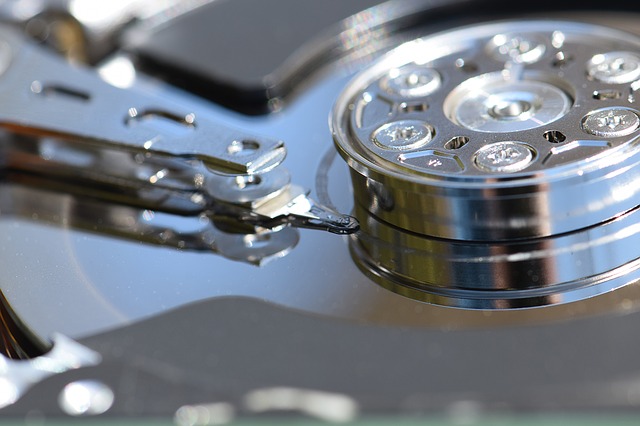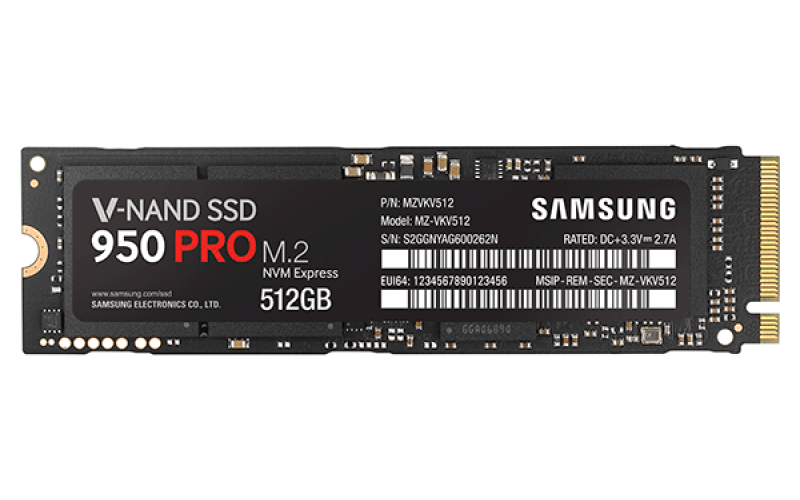The data storage industry is moving into an era of intense evolution. It’s worth taking a look back at the most important steps in storage before they are buried by the sands of time!
Let’s look at ancient history first. While many would point to IBM’s Winchester disk architecture as the major trigger for the storage industry’s “Big Bang” of growth, I believe the humble floppy disk (for which I wrote the ECMA industry standard!) had more impact. It triggered the PC industry, which triggered demand for huge volumes of hard drives, creating the economics of the current storage industry. PCs also fostered network-attached storage, which led us to a product line-up lasting three decades that included NAS, SAN, and RAID.
With fierce competition in the '90s, we searched for new, smaller drive form-factors, going from 10-inch drives to 3.25-inch diameter platters in just eight years. Nobel-prize winning technologies, such as giant magnetoresistance (GMR), simultaneously allowed rapid capacity growth. In parallel, interfaces based on SCSI evolved to serial links ranging from Fibre Channel to SAS and SATA. In storage, the '90s could be characterized as bigger capacity, but cheaper.
Then RAID and NAS matured and the industry settled into a sort of middle age. Nothing too exciting happened until 2005, when object storage arrived, followed closely by solid-state drives in 2008. These were game changers, especially when cloud computing joined the picture.
Today, we are looking at Ethernet RDMA interfaces replacing Fibre Channel, universal storage based on object-storage software cores that are abstracted from the underlying storage hardware into virtual machines or containers, and blindingly fast SSDs with larger capacity than any hard drive.
Continue on to look back at the storage technologies that have shaped the industry and helped fuel today's innovation.
(Image: Pobytov/iStockphoto)

















